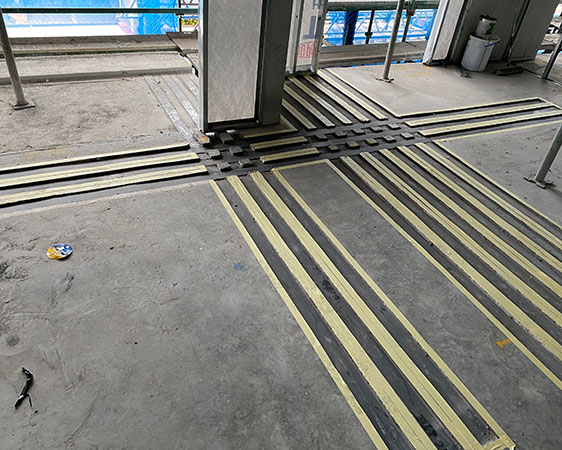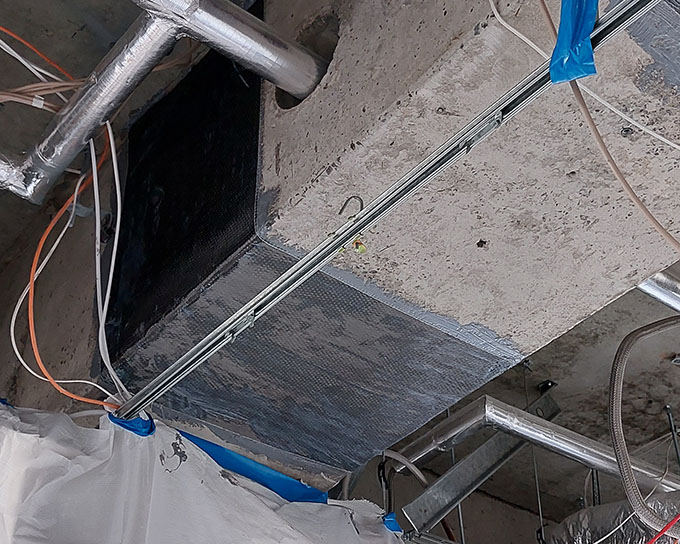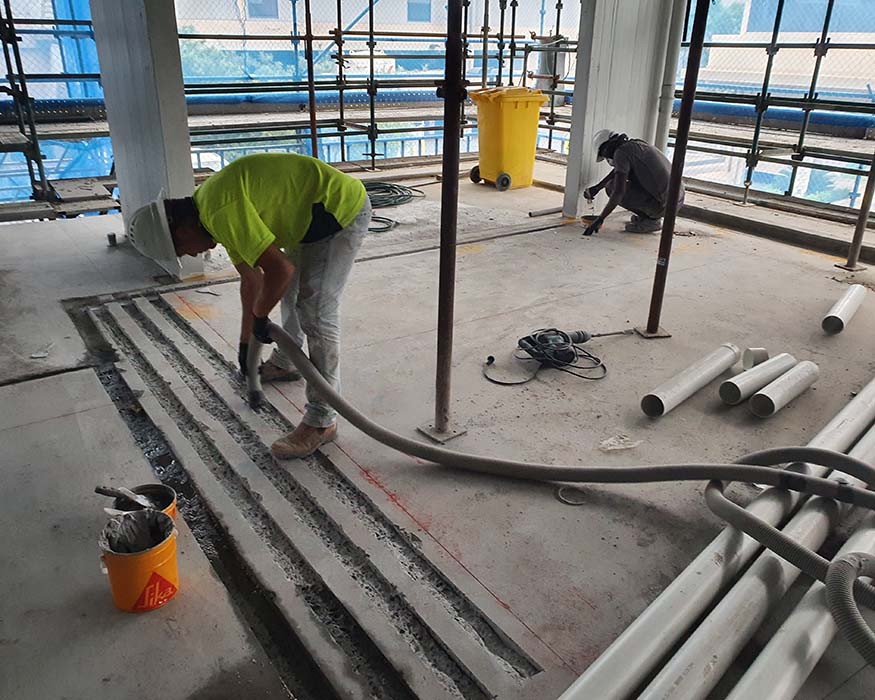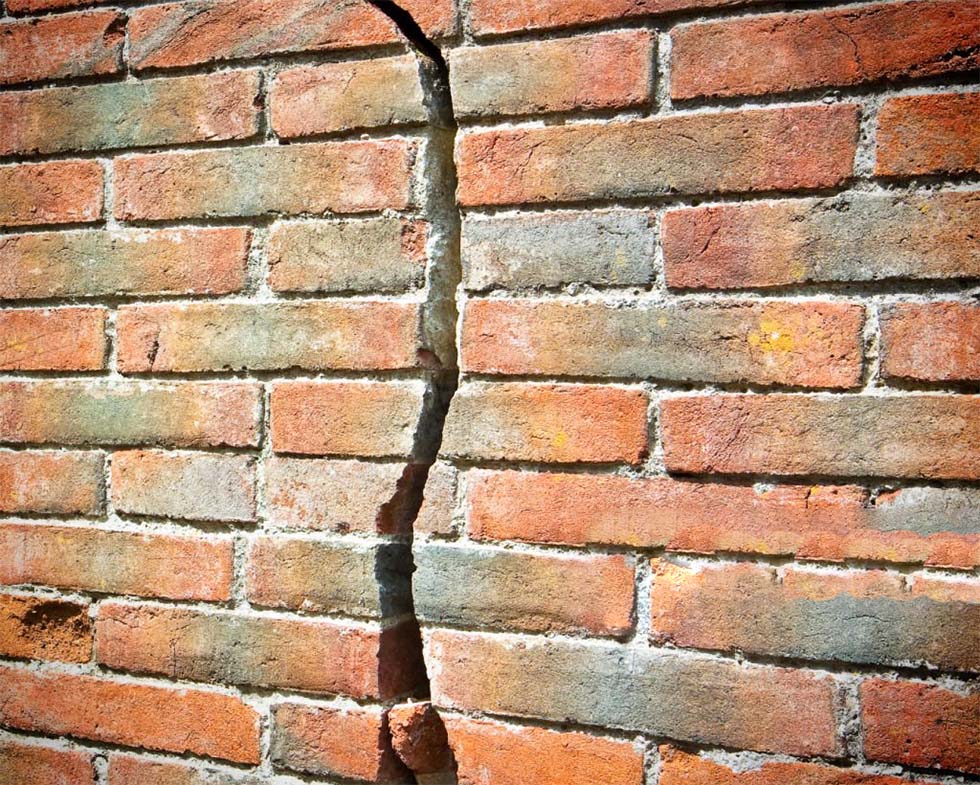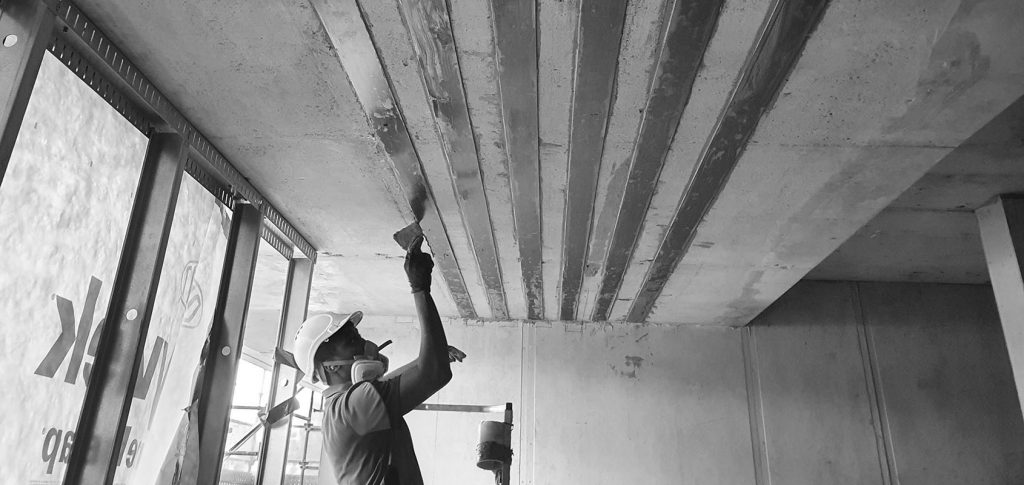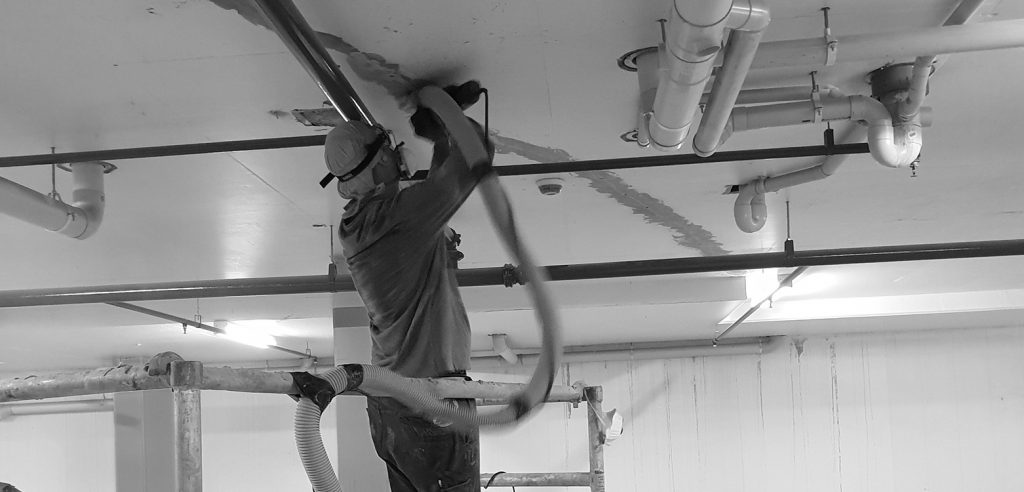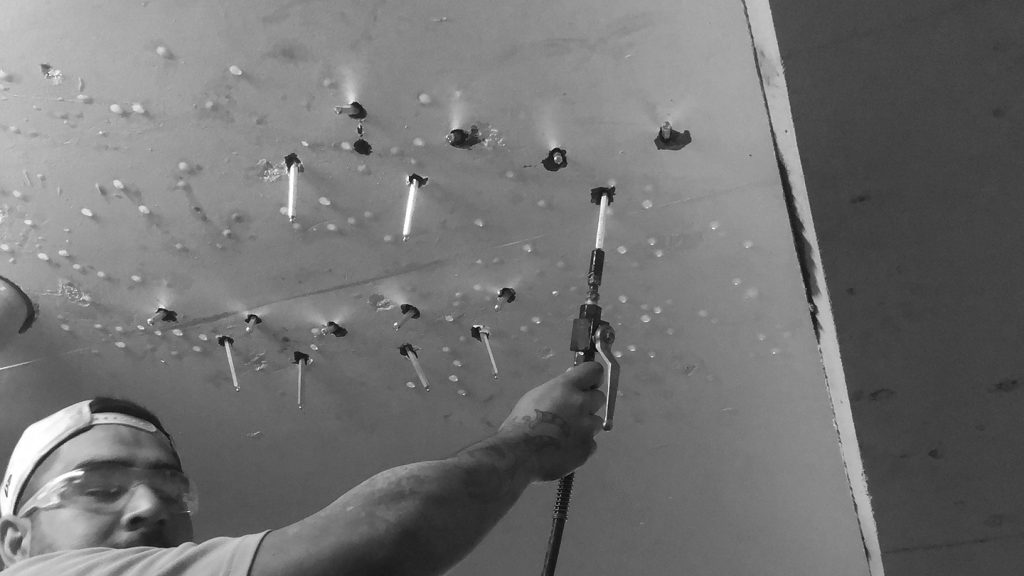Many of Australia’s bridges, sewage and water systems, and other infrastructure are reaching the end of their serviceable lives and the choice for government is whether to replace or extend their lives. It has been reported that this applies to over 600 bridges in New South Wales alone (in the U.S.A. more than 60,000 steel bridges are structurally deficient) and our sewage system requires large sums of money to replace or carryout essential repairs. This is a worldwide problem and fortunately there are new materials and modern processes which can provide the answers.
Carbon Fibre Reinforced Polymer materials are a prime example of these new materials.
Carbon Fibre Reinforced Polymer materials can be used to strengthen structures and extend the useful life of both steel and reinforced concrete bridges and other infrastructure. Examples are:
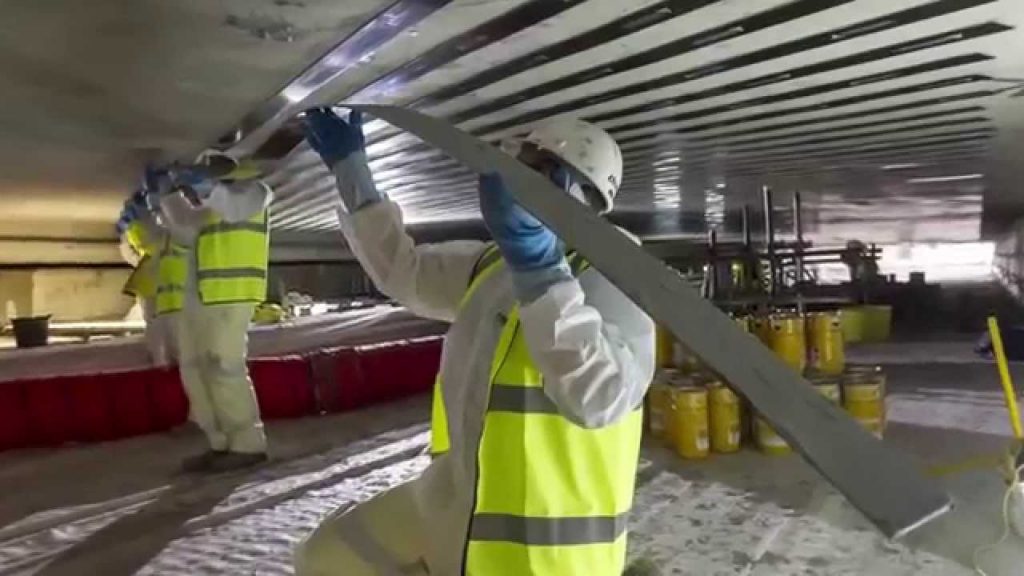
The recent successful repair of the historic Münchenstein Bridge which crosses the Birs river in Switzerland where two girders, the most critical elements against fatigue on the 45.2 metre steel bridge, were strengthened using carbon fibre reinforced polymer materials.
Another example is the Arlington Memorial Bridge between Washington and Virginia where the original structural beams built in 1932 are crumbling and are to be repaired using Carbon Fibre Reinforced Polymer materials.
Melbourne’s West Gate Bridge widening was made possible by cost effectively using Carbon Fibre Reinforced Polymer materials.
Carbon Fibre Reinforced Polymer materials can be used successfully to repair and strengthen structural elements in buildings as well.
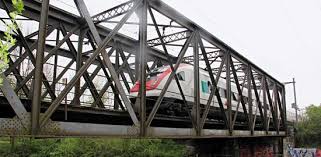
Carbon fibres have a very high tensile strength and tensile elasticity similar to steel but the great advantage is the high strength to weight ratio. This makes carbon fibres potentially and practically a large cost saving material for both government and the private sectors alike.
FCS Concrete Repairs are experienced in the use of Carbo Fibre Reinforced Polymer materials.




